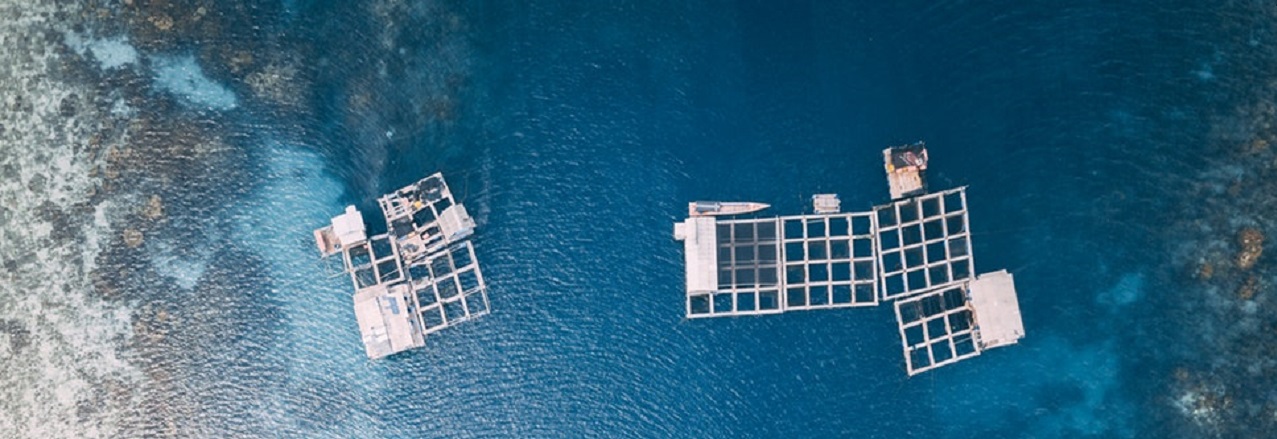Why aquaculture is the fastest growing food sector in the world
Whilst still being a very young industry Aquaculture remains the fastest growing food sector in the world. In the EU alone it employs around 85,000 people and is worth approximately £3billion to the EU economy each year. In 2015 aquaculture overtook fisheries in terms of production, this has been majorly down to China as they are responsible for 61% of the world’s production.
In terms of European Aquaculture, Norway dominates production with 500,000 tonnes of Atlantic salmon produced per year. Spain and France produce the largest quantities of mussels and Greece is the largest producer of sea bass.
Why a shift to offshore Aquaculture?
Space is an issue, demand continues to rise for product but suitable sites are now limited for example in Norway and Scotland there is limited new licence opportunities for cages, the same goes for Turkey and Greece were tourism is causing issues with new licences.
Pollution remains a key concern in terms of sea lice, eutrophication, wild fish interaction and sea bed interaction.
Offshore aquaculture provides increased oxygen levels, better primary production, less pollutants and colder water opportunities.
Technology has drastically improved and now makes the option cheaper and more practical.
There has been an increase in funding, more and more private equity is becoming available to the industry for niche, interesting projects.
Offshore Support Facilities
One of the key reasons for the prevalent shift to offshore aquaculture is because offshore support facilities have drastically improved with automatic net cleaners, ROV’s and automatic feeding systems which are making the maintenance and upkeep of offshore aquaculture much easier and less reliant on human attention.
Offshore Aquaculture is growing in popularity and is invaluable to allow supply levels to continue to grow. However there are still engineering issues and the process remains very expensive. The key is technology, it needs to keep improving in order to drive the costs down and make the process easier to manage.


